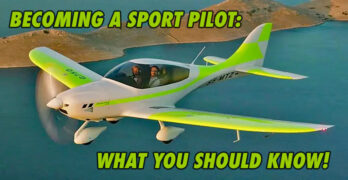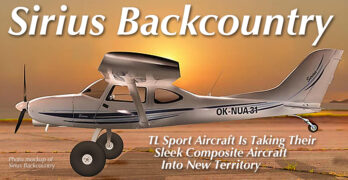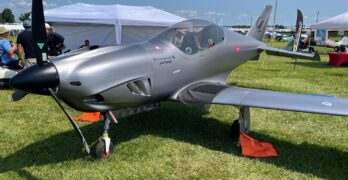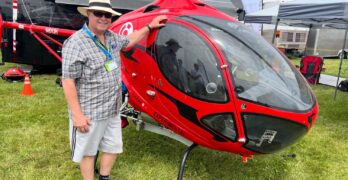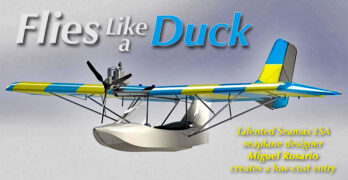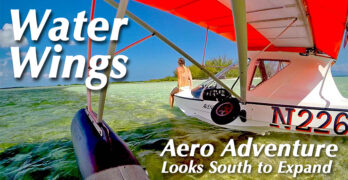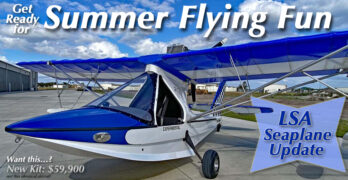The Sport Pilot Certificate has emerged as a popular option for aspiring pilots who want to experience the joy of recreational flying without the extensive time and financial commitment required for a Private Pilot Certificate. It’s been with us for two decades but there are still questions about the SP certificate. Here’s a rundown.
There are seven main categories of aircraft for which you can be a Sport Pilot, each with variations on training and pilot requirements specific to that Category. This article will be specific to the Airplane Category.
What is the Sport Pilot Certificate?
The Sport Pilot Certificate allows pilots to fly a Light Sport Aircraft (LSA). These aircraft are typically smaller, simpler and more affordable to operate. Key characteristics of LSAs include:
Maximum takeoff weight of 1320 pounds (or 1430 for seaplanes)
Maximum airspeed in level flight of 120 knots under standard atmospheric conditions
Maximum stall speed of 45 knots in landing configuration
Single, non-turbine engine
Fixed pitch or ground adjustable propeller
Fixed landing gear (except for seaplanes)
Note that all of these are under the current LSA/SP rules and are likely to change when MOSAIC becomes reality next year.


